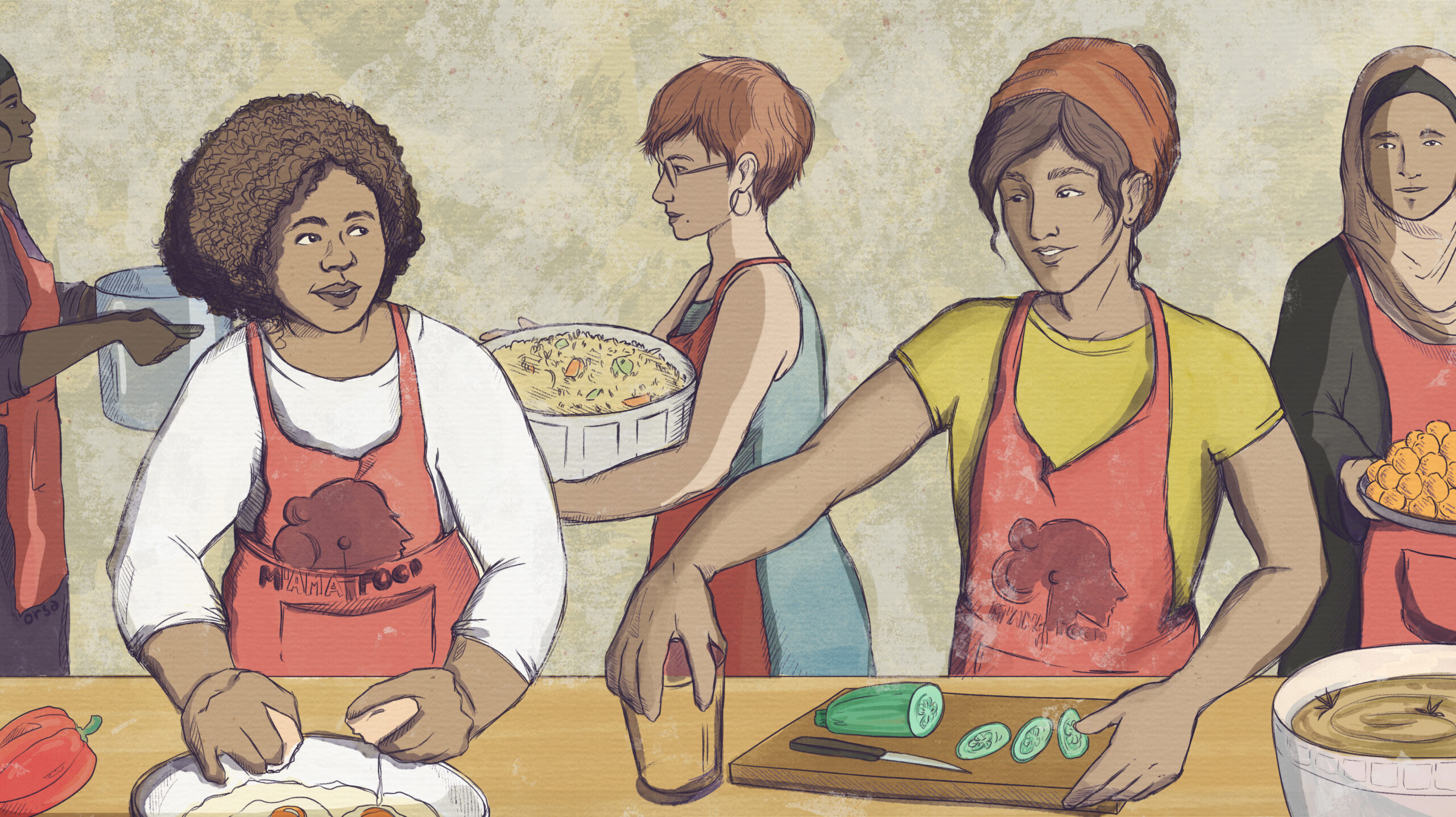
M’Ama Food: Immigrant-run catering mixes flavors in Milan
Blending traditions and experimenting with new combinations, a catering service that began at a refugee reception center is winning over Italian palates.
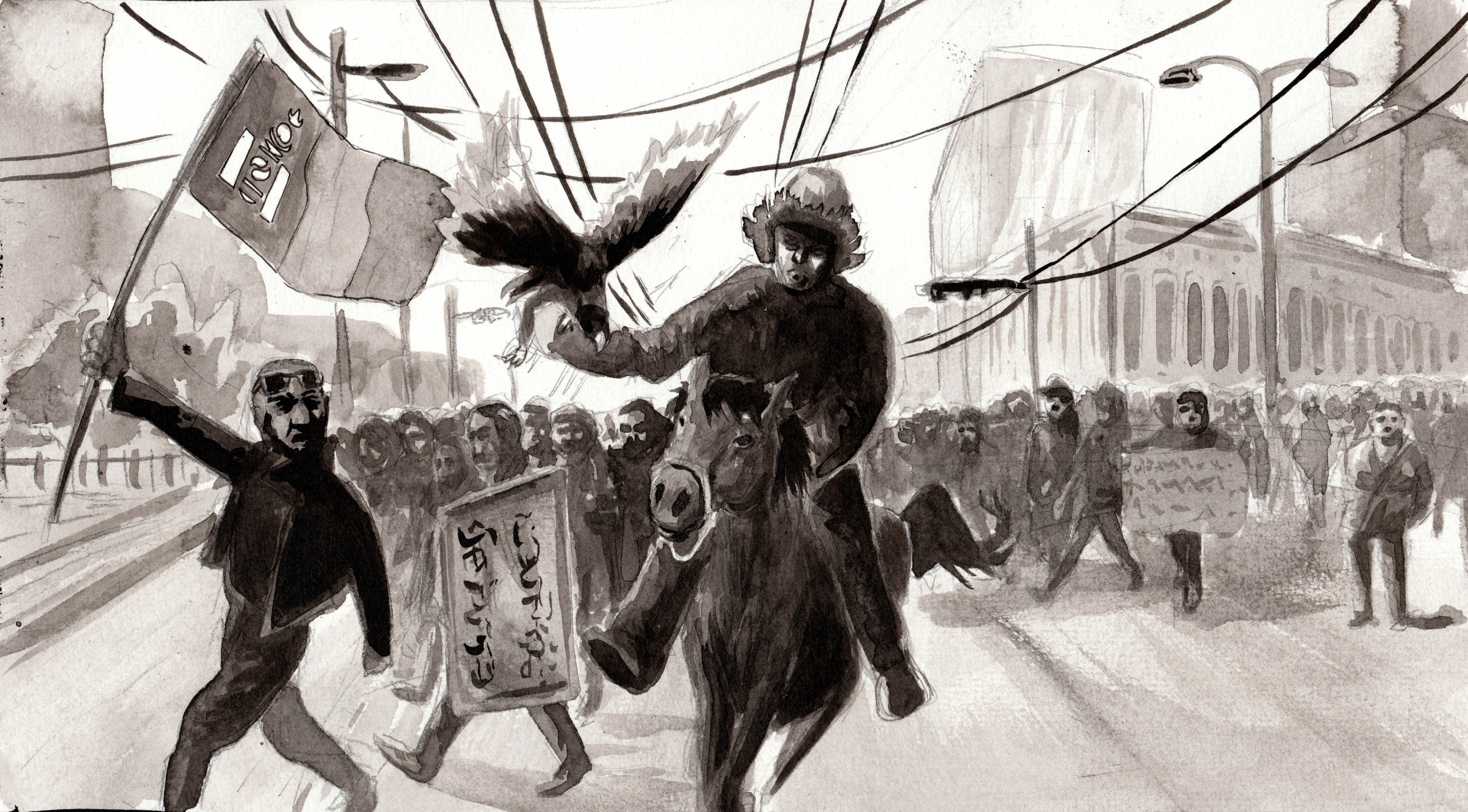
Behind the Scenes of "Mind the Gaze: What's missing when Mongolia is seen through the eyes of foreign correspondents".
Allow us to begin this week’s post with a simple question – what’s the first word that comes into your mind when you think of your own country?
That one word can carry a plethora of meanings. It can come from a place of very personal memories, of movements, of milestones and aspirations shaped by history, culture, community.
Now, think about this – if you ask another person, someone of a different nationality, to describe your own country in one word, what do you think he, she or they will say?
In the case of Anand Tumurtogoo, a Mongolian journalist, there’s the concern that people may just say the same thing, give the same description, have only the same single thought about his land of birth, his home. And that one idea may even be solely founded on how Mongolia has been mainly portrayed in international media - something exotic, wild, romantic - and not based on how they, as Mongolians, tell and live their own story.
When Unbias the News talked to Anand about this article, our latest offering, he told us how the common and dominant reportage about Mongolia in the international media has been teetering on the dangerous edge of perpetuating stereotypes, of making their identity all about reindeer herders and eagle hunters.
Not that reporting on them is wrong per se, but as he consistently told us all throughout the process of writing this story, journalists like him are not given the chance to write anything beyond this specific subject, as the demand, if not dictation, from foreign media compels them to focus on this one narrative.
This brings into the fore how media has long contributed to stereotyping, to creating labels, emphasizing parts and aspects of a country and its people in their reportage while negating some.
It’s the “danger of the single story,” as Nigerian novelist Chimamanda Ngozi Adichie said in 2009, as she talked about how Africa is not only mistaken as a country - when it is a continent - because of how it has been depicted in articles, broadcasts and books, but also on how foreign writers have also turned Africa’s complexity into but a single “story of catastrophe.”
It’s about how, as then-Chinese student Shizeng Tie wrote in a newsletter for Johns Hopkins University in March 2021, biased reporting and stereotypical portrayals of Asians in Western media helped fan the flames of hate against Asians. She concluded her article with this challenge: “To fully protect the Asian population, news media need to take responsibility in — directly or indirectly — stirring up the dormant anti-Asian sentiment.”
It’s about how journalists from their own countries, like Anand, want to break these stereotypes so bad, but were not given that much of a chance, platform, attention, support and resources.
Anand said that beyond the characterization of Mongolia as just another interesting jaunt for a traveler, he longs to report for the global audience about how Mongolians pushed for reforms in governance and inform the rest of the world about their practices, beliefs, as well as the social, economic, health and political issues they struggle with and also try to resolve.
His story, which we offer you today, expounds on this aspiration and mission and we at Unbias the News share the same vision and goal – for local journalists like him to be given genuine, tangible, broad and sustainable support as they fight for their right to tell the stories of their own land, people and home.
Please consider a donation to support the work of our all-women newsroom. We create a space for journalists facing structural barriers, working towards a more equitable, inclusive world of journalism. Join our mission today!

Blending traditions and experimenting with new combinations, a catering service that began at a refugee reception center is winning over Italian palates.
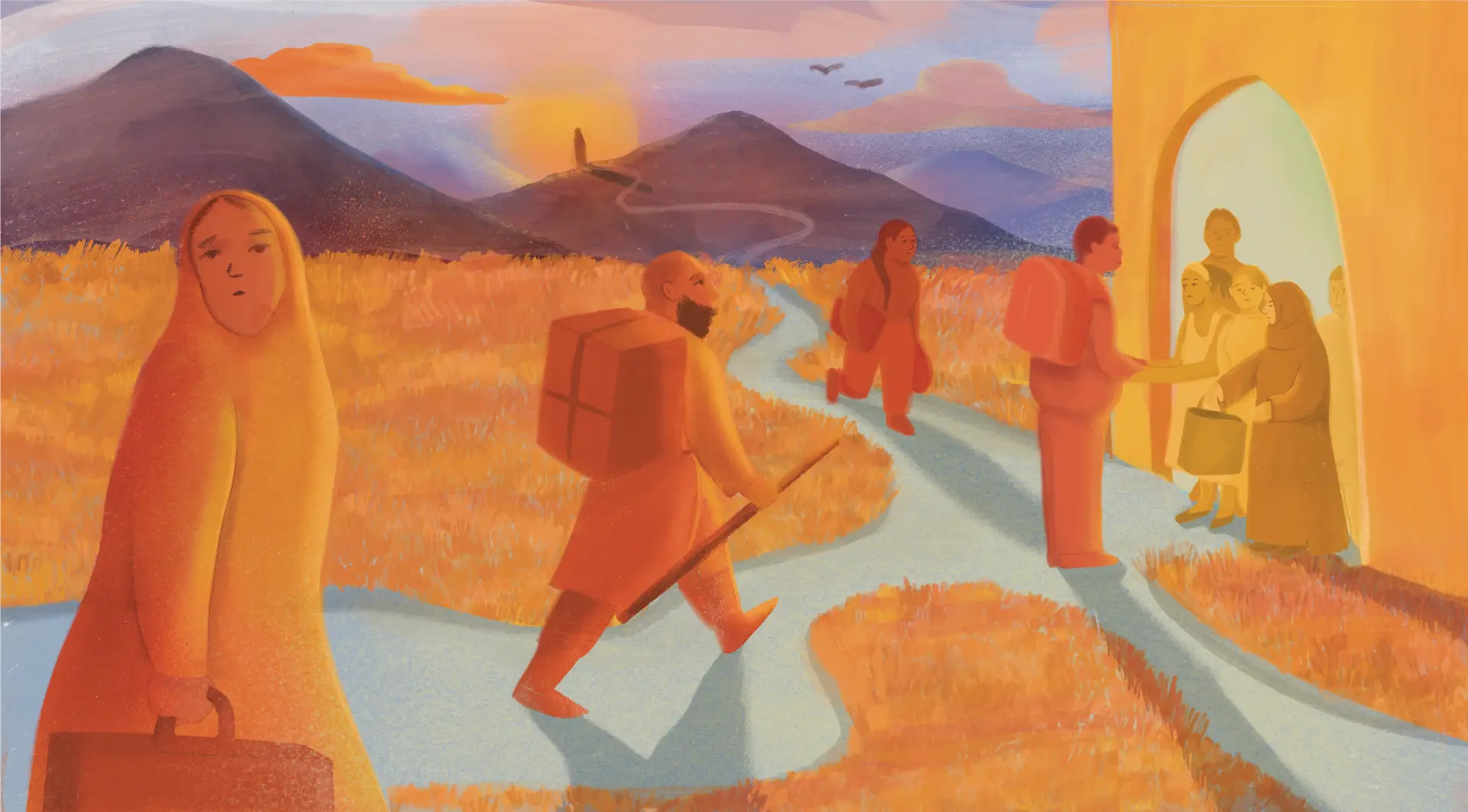
Finding a foothold in Europe can be an immense logistical, economic, social and emotional challenge, but some immigrants are finding a sense of home in communities bound by belief.
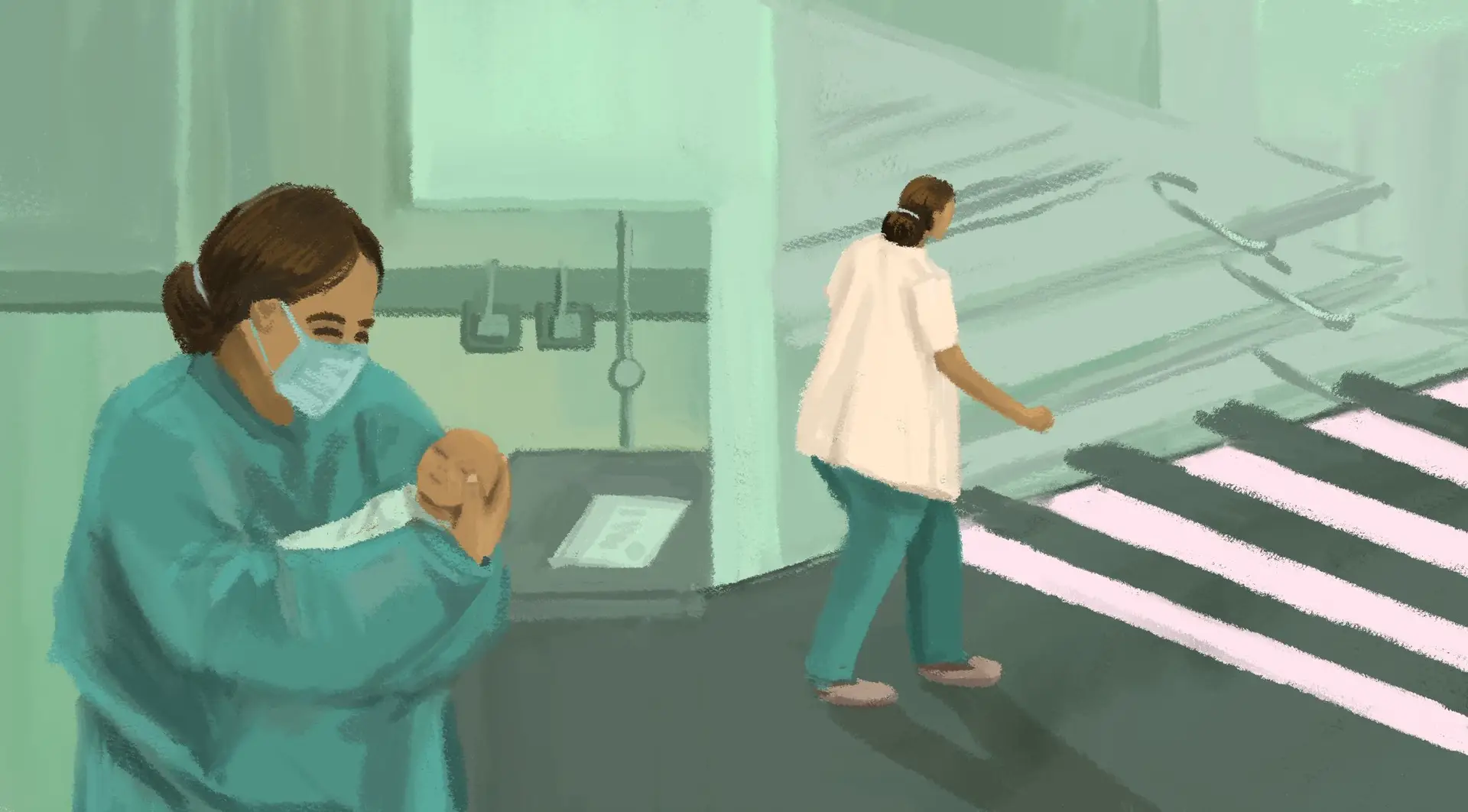
With almost a third of young Portuguese living abroad, the country’s visa options and growing recognition of foreign qualifications help keep the economy on its feet. But despite so many immigrant workers coming from Portuguese-speaking countries, their degrees still don’t have the same clout as qualifications earned in Portugal.
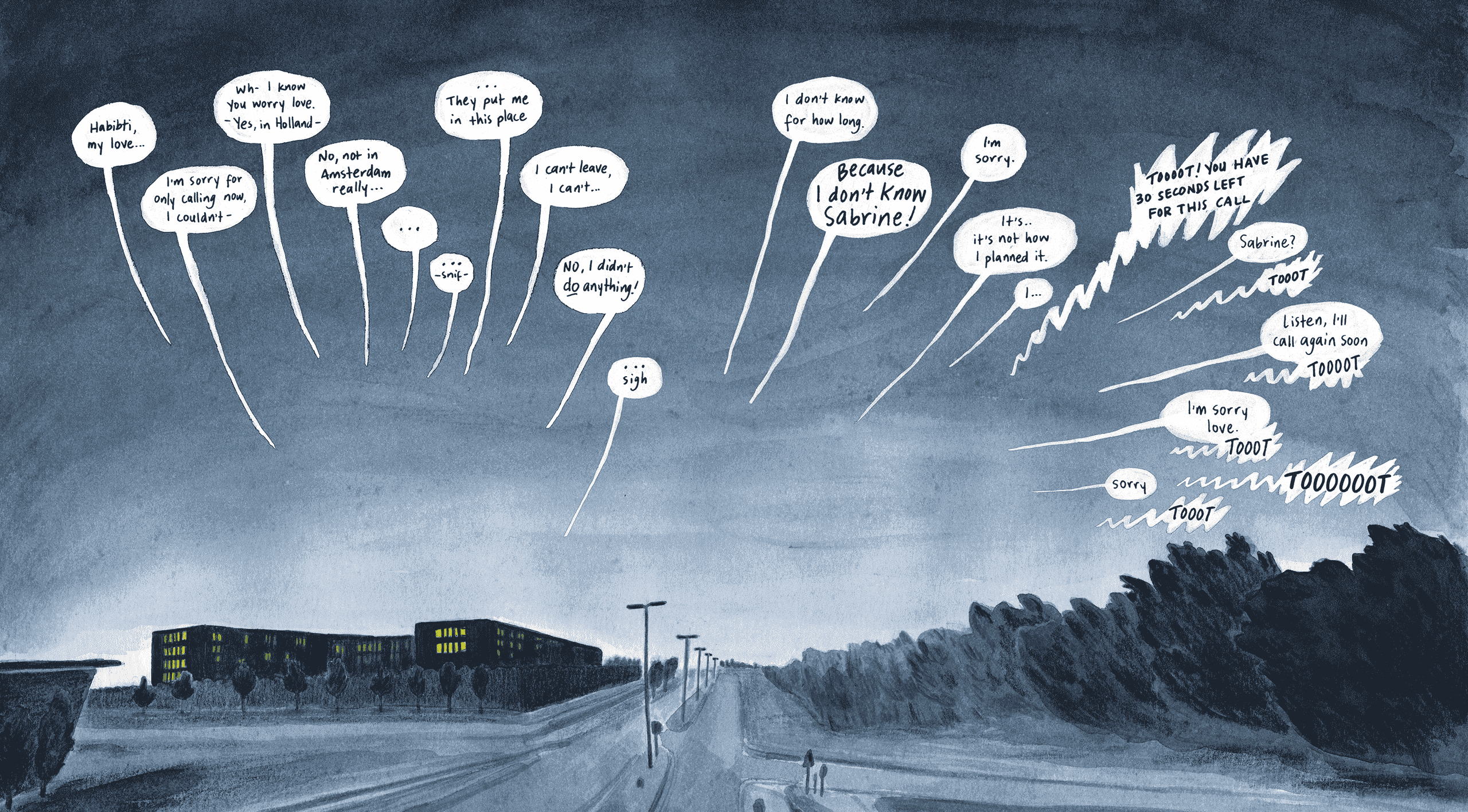
“It’s just like a prison, but worse,” says Omar. “You don’t know when you’ll be out. You can’t do anything all day. You don’t even have your personal room. You feel crushed.”
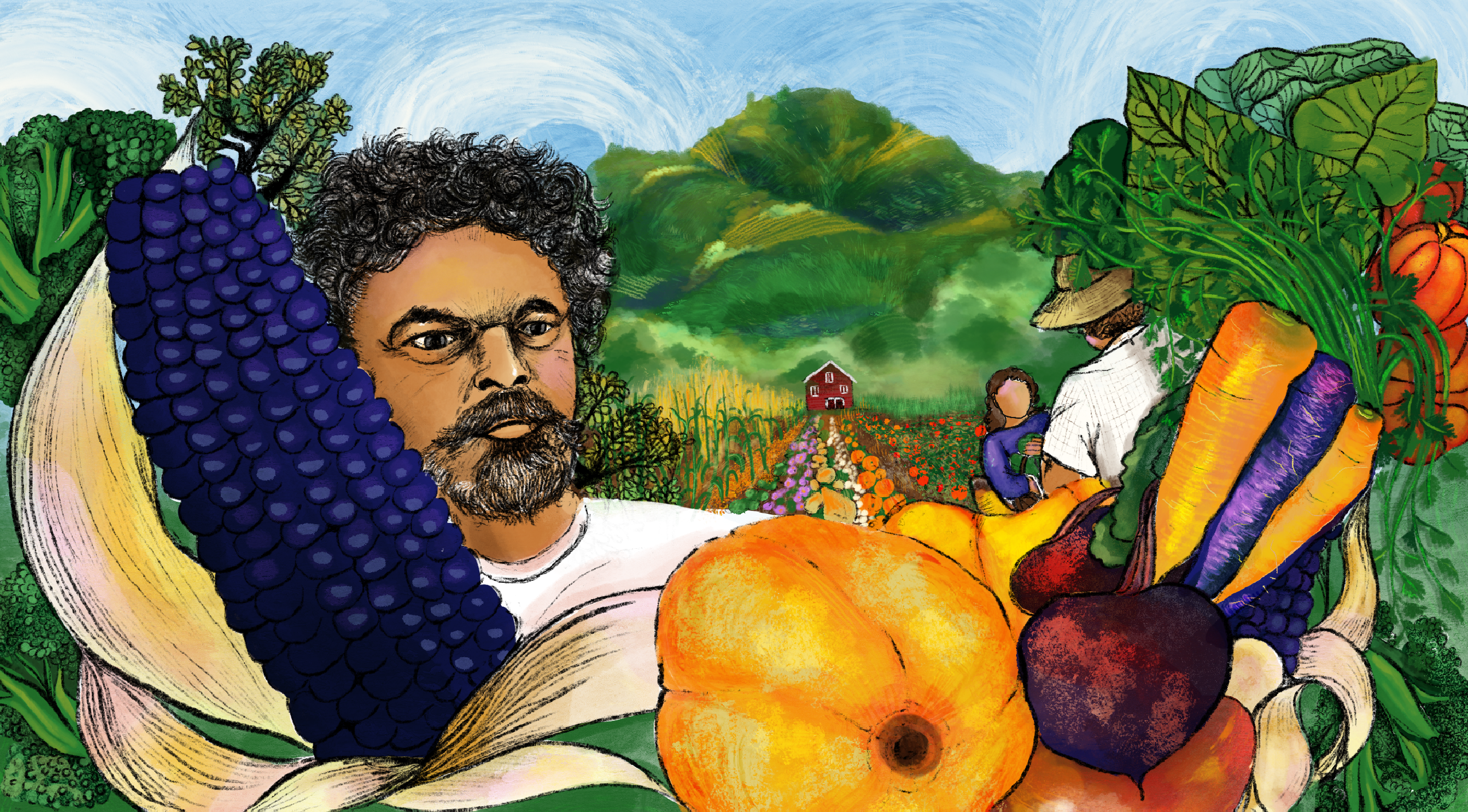
Before industrialized farming conquered the continent, the crops that fed Europe were adaptable varieties that evolved as peasants freely exchanged seeds, from harvest to sowing, generation after generation. Reviving these seed systems could protect our food supply from future climate shocks – if EU regulations don’t strangle them out completely.
Do you share our mission? Sign up for our newsletter so we can keep in touch!